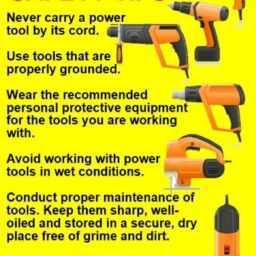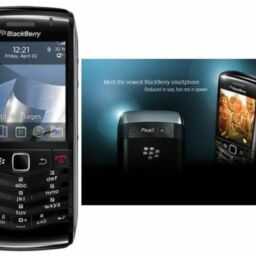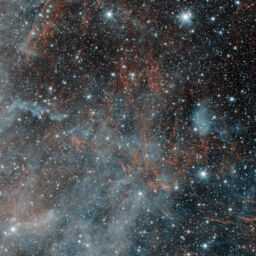Flashlights were originally invented by Joshua Lionel Cowen in 1898, but he did not intend it to be a portable lighting device. Instead, Cowen meant his design to be sold as decorative lighting to go with potted plants. Cowen met with no commercial success and ultimately sold his company to Conrad Hubert.
Hubert hired an inventor to use Cowen’s design to create what is known today as the flashlight or electric torch. In order to begin marketing this new product, Hubert gave these them out to police officers in New York City to be used on the job. These flashlights were very different from the ones we use today. They could only be used in short bursts of light due to poor power elements and the inability to sustain current. In fact, this inability to keep up a beam of light is where the name flashlight actually came from!
The first flashlights used incandescent light bulbs, and many lights on the market today still use this type of lighting. One of the most popular brands of incandescent flashlights is Maglite, which provides a high-powered light beam with many of its products. Of course, there are always those who want more than is available, and it is a common pastime among flashlight enthusiasts to replace the light sources or other parts in these products with items that will produce a much more powerful light beam.
In addition to incandescent bulb, the modern age has brought us many more ways to create light. Probably the next most popular light source among flashlights these days is the LED light. LED stands for light-emitting diodes. The first LED flashlight was put on the market in 2001, and since LED lighting is much more efficient than incandescent, many manufacturers have been producing LED flashlights since then. Besides a longer battery life, LED lights also have the benefit of being tougher than regular incandescent lighting, making them an obvious choice for manufacturers that want to produce durable products. For people that need a flashlight that can take a beating, LED lighting is a great option, and can be found in brands such as Maglite, Surefire, and Pelican.
Another lighting source that has been developed in recent years is the high intensity discharge bulb, or HID. An example of this type of bulb can be found in the Surefire Hellfire Weaponlight. An HID bulb is very shock resistant and incredibly bright. In fact, the 3000 lumens generated by the Hellfire Weaponlight can light up targets several football fields away! HID lighting has not yet made a big impact on consumer flashlights, however, because they are expensive and require large power sources, making them less portable that the standard handheld flashlights.
In addition to standard, commercial flashlights such as Maglite, there is also an entire market dedicated to high-end flashlights. These manufacturers provide specialty lights that are made from special materials, are waterproof, and provide a brightness that far surpasses that of the standard flashlight. These products are designed with specific uses or collectability in mind, and can range in price from just over one hundred dollars to several hundred dollars! Some examples of high-end lights include Streamline’s HID Litebox, which is a search light with a candlepower of one million, and Surefire’s M6 Guardian, which is often used by police as a tactical light. These types of lights are often collected and traded by flashlight enthusiast worldwide. In fact, there is even an Annual Flashlight Convention, and several museums dedicated entirely to flashlights!
As flashlight technology developed over the years, inventive people came up with more and more ways to use this product, which means that more and more types of flashlights were created. For example, years ago, someone came up with the idea to attach lights to helmets to be used in mining, and more recently, tool companies started designing smaller lights that could be strapped over the head for hands-free working. In the past century, craftsmen have seen lights that hang, lights that can be attached to the wall or working space, and lights with flexible cylinders which can be wrapped around bars or other things. In the very beginning of flashlight development, the lights reflected the times, and some of them even looked just like lanterns. As you see how flashlights have changed over the years with culture and technology, you can only wonder what the next generation of lights will look like!
AUTOPOST by BEDEWY VISIT GAHZLY






